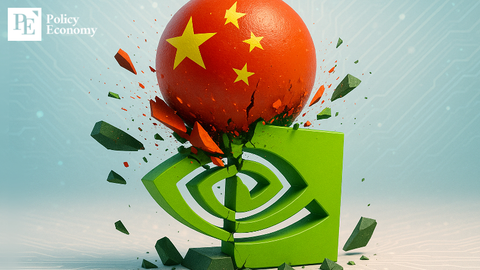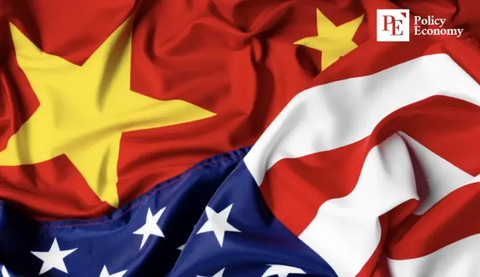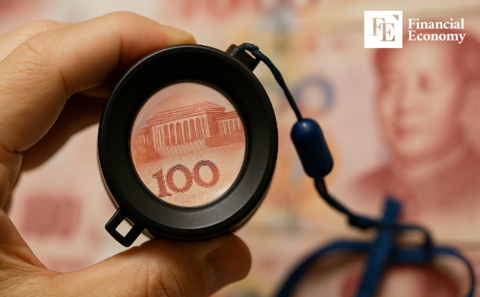Amid Tariff War, China’s Xi Jinping Visits Southeast Asia… Outwardly Welcomed, but the Practical Benefits Are ‘Unclear’
Input
Modified
Warm Welcome on the Surface, Complex Calculations Behind the Scenes Firm Line Drawn Against Overt Anti-U.S. Alliances Significant Impact on Supply Chains and Trade Order
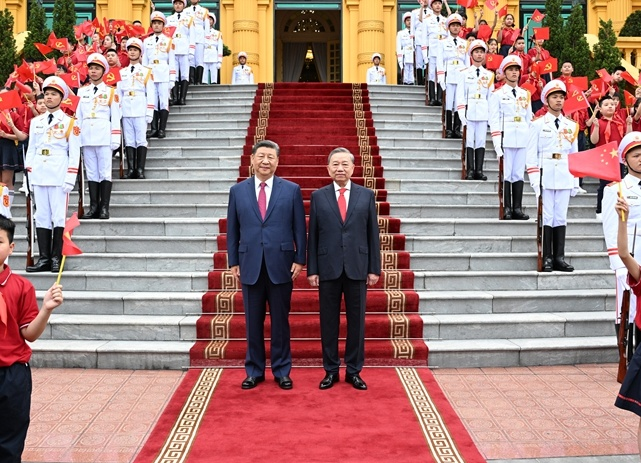
As trade tensions between the United States and China escalate, largely triggered by tariffs, Chinese President Xi Jinping has completed a tour of three Southeast Asian countries—Vietnam, Malaysia, and Cambodia. While these nations gave Xi a warm welcome on the surface, they were cautious about forming any overt anti-U.S. alliance, revealing a more complex underlying stance. Facing the dual realities of China's economic slowdown and their heavy reliance on exports to the U.S., Southeast Asian countries appear to be choosing a path of balance rather than aligning with either side.
Strategic Caution Amid U.S.-China Tensions
According to international media reports on April 29, Chinese President Xi Jinping concluded a five-day diplomatic tour of Southeast Asia, visiting Vietnam on April 14, Malaysia on April 15, and Cambodia on April 18. During this trip, he signed a combined 113 cooperation agreements—45 with Vietnam, 31 with Malaysia, and 37 with Cambodia.
The signed agreements span critical areas such as supply chain resilience, cooperation on critical minerals, cross-border railway infrastructure, digital economy and AI technology exchange, and visa exemptions (notably with Malaysia). Reuters characterized Xi’s tour as a countermeasure to growing U.S. economic pressure, aiming to bolster China’s ties with key Southeast Asian nations and offset American influence in the region.
Xi implicitly criticized the Trump administration’s trade policies in his post-summit remarks, declaring in Vietnam that “no one wins a tariff war,” and in Malaysia that China opposes “hegemonism and protectionism,” while endorsing a UN-centered international order and open global economy. The statements were widely seen as an effort to present China as a champion of multilateralism in contrast to what it sees as U.S. unilateralism.
However, Xi’s hopes of rallying a regional anti-U.S. front were unmet. The three Southeast Asian nations responded with caution, emphasizing non-aligned positions in their joint statements using generalized language such as “support for multilateral trade,” “inclusive regional cooperation,” and “respect for international law.” This reflects a long-standing strategy of diplomatic balance in the region.
South Korea and Japan Welcome Southeast Asia’s Neutrality
This diplomatic restraint by Southeast Asian nations is viewed positively by South Korea and Japan. As global manufacturers shift production away from China to Southeast Asia, maintaining regional neutrality is vital to sustaining a stable and diversified supply chain environment.
Southeast Asia already serves as a secondary manufacturing hub for many Korean firms—Samsung Electronics’ smartphone production lines in Vietnam being a prominent example. Should host nations draw too close to China politically, these networks could face heightened geopolitical risks. A balanced foreign policy in Southeast Asia ensures continued operational security, an increasingly crucial factor for Korean manufacturers.
Japan, facing its own recurring diplomatic strains with China, has long treated supply chain diversification in Southeast Asia as a corporate survival strategy. For Japanese firms to expand confidently in the region, maintaining political distance between Southeast Asia and Beijing is essential. In effect, Southeast Asia’s independent diplomacy acts as an economic safety buffer for both South Korea and Japan.
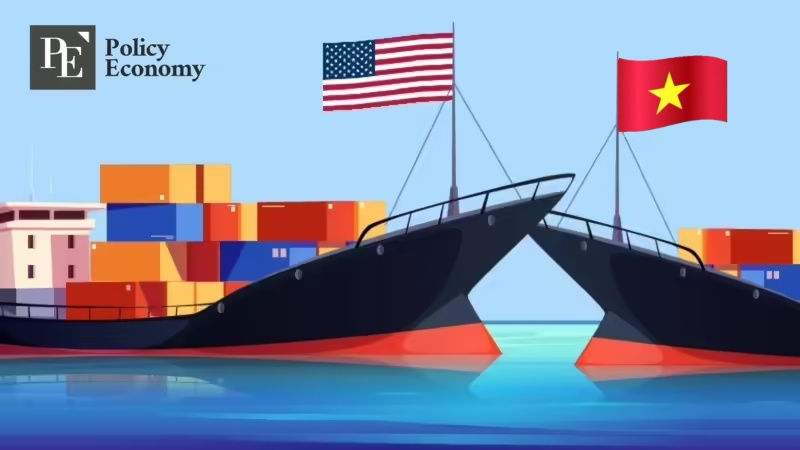
A Key Variable in U.S.-China Trade Negotiations
Beyond regional dynamics, Southeast Asia’s positioning has far-reaching implications for U.S.-China relations. Amid an ongoing tariff war, the region serves multiple strategic roles: as a supply chain alternative, a trade detour route, and a diplomatic buffer. Shifts in Southeast Asian alignment could significantly affect the leverage each superpower holds in negotiations.
Vietnam's effective rejection of Xi’s call for an anti-U.S. alliance, while reaffirming its special relationship with Washington, sends a strong signal. It demonstrates a preference for maintaining robust economic and security ties with the U.S.—a stance that could shift regional power dynamics. Other nations, such as the Philippines and Indonesia, have also shown reluctance to engage in unqualified cooperation with Beijing.
Given Southeast Asia’s role in semiconductor, electronics, and textile supply chains—as both a key intermediary and final assembly hub—its strategic value is only increasing. For the U.S., strengthening ties in the region is essential to countering China. For China, failure to secure these alliances risks strategic isolation. This delicate balancing act has effectively placed Southeast Asia in the role of global “swing state” in the unfolding U.S.-China rivalry.

